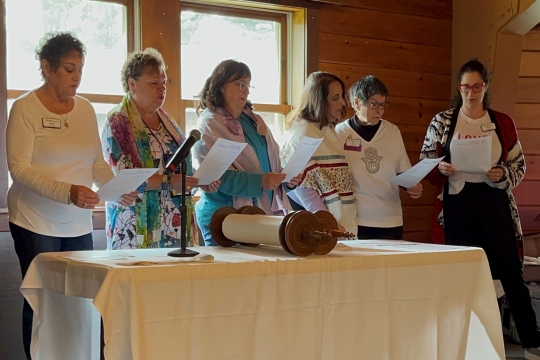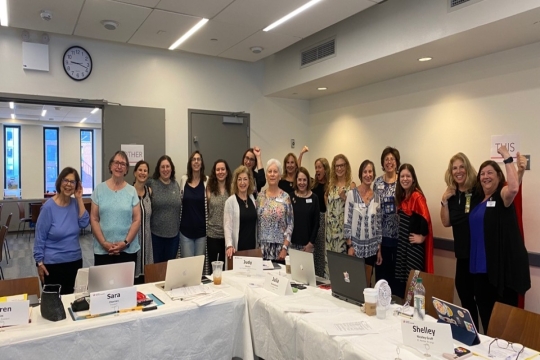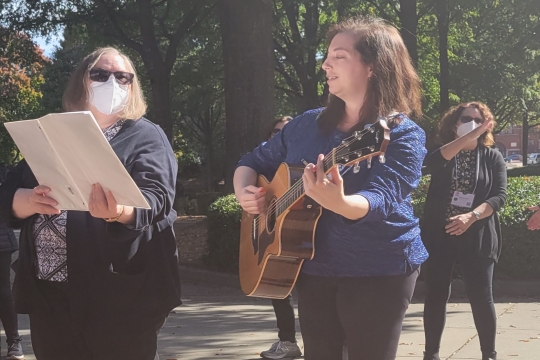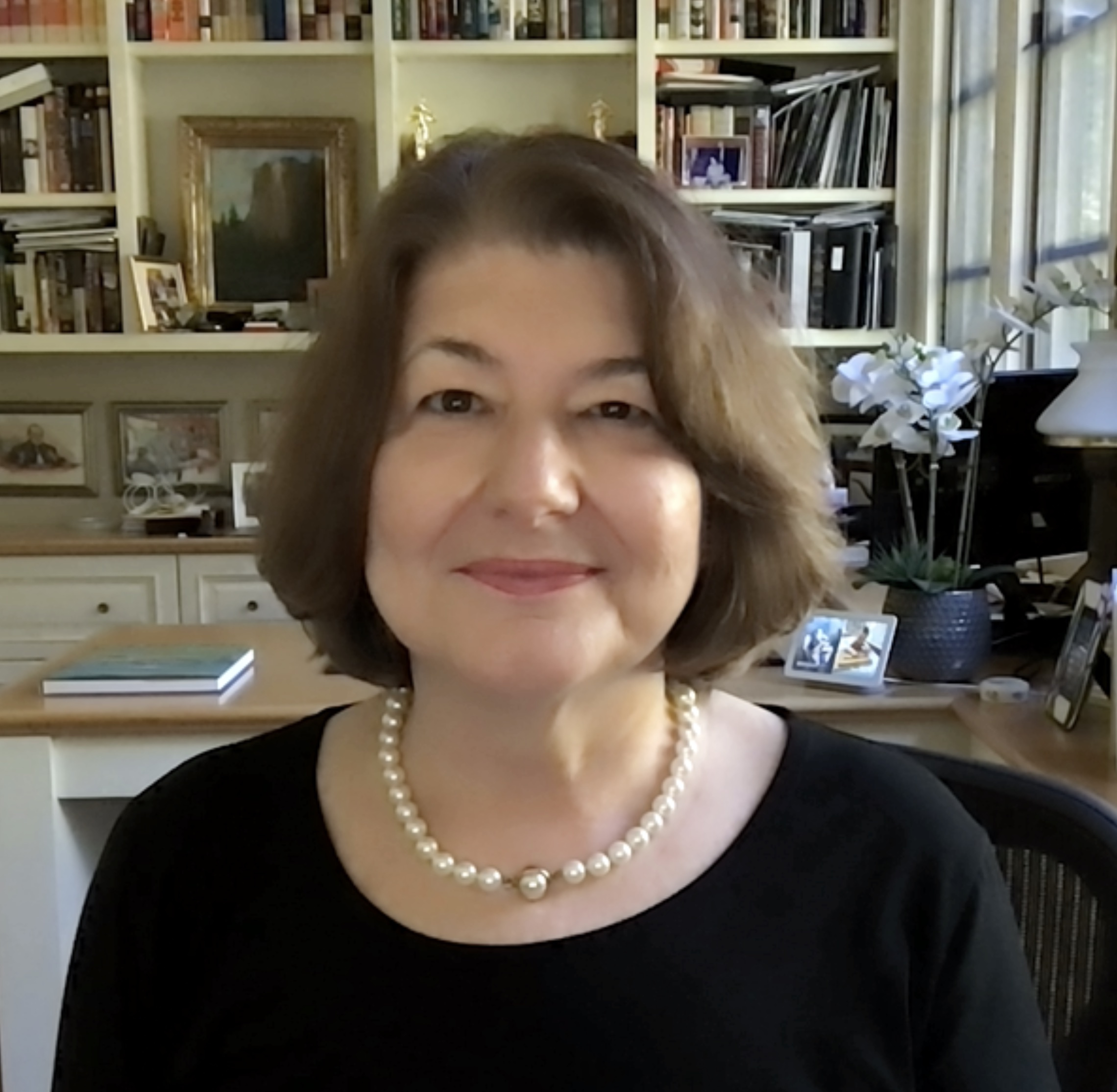
On our recent WRJ Virtual Trip to Israel, tour guide Shari Robins aptly began our time together by describing the “world’s first virtual tour” (Deuteronomy 34:1) when Moses went up to Mount Nebo and “the Lord showed him all the land.” The journey from Sinai to Mount Nebo had taken 40 years and the itinerary of the Israelites through the desert from Egypt to Canaan is listed in detail in Parashat Mas’ei (Numbers 33:1-49). This is the second in this week’s double Torah portion Matot-Masei.
The word masei means “journey.” Journeys take many forms. They can be physical, as when the Jews traveled to the 42 encampments named in this parashah, or spiritual, as when that same journey is often described as a journey to redemption.
Throughout our history, the Jewish people have journeyed - migrated, traveled, relocated, and immigrated - often either fleeing oppression or seeking new opportunities. Indeed, for modern Jews journeys are baked into our American way of life. We commute daily to work and school. We vacation near and far. Many of us travel regularly and frequently around the globe for work or pleasure, to worship, and to attend meetings and conferences.
Many modern Americans seeking spirituality, personal growth, or adventure embark on journeys of discovery, enlightenment, fulfilment, or higher purpose. And for modern Americans whose families are spread out near and far and sometimes across a continent or an ocean, trips to visit parents, grandparents, children or grandchildren are a necessary lifeline, a way to connect and maintain the ties that bind us and support us and to create the memories that sustain us when we are apart.
During this time of COVID-19, where all but frontline workers are being asked to stay home, what has happened to all these journeys? Now that most of us cannot travel physically how are we going to work or school, how are we shopping or visiting family? Remarkably, and unimaginable even just 13 years ago when Apple introduced the first iPhone, technology is providing us with tools to connect virtually. To the surprise of many, we have adapted exceptionally well and even preschoolers and nonagenarians are learning how to use technology to connect virtually.
According to the Pew Research Center, nearly nine-in-ten Americans say the internet has been “an essential or important tool during the coronavirus outbreak.” Nevertheless, accessibility issues and lack of universal digital access remain a concern for many Americans and students in particular face a major gap in access.
During this pandemic our journeys have not stopped but the means of transportation has changed. Instead of getting into a car, train, or plane to meet up with friends and family, we now login to Zoom or Skype. We are attending worship services, Shivas, funerals, birthdays, b’nai mitzvah, graduations, and weddings on Zoom. Our WRJ members are connecting through virtual online programming in schmooze sessions, book and movie discussions, workshops, and conferences. We are thinking outside the box and the creativity is astounding. For WRJ’s recent Virtual Israel Tour attended by women all across North America, the slide deck was created in Los Angeles, the presentation was screenshared from a computer in New York, and the slides were advanced remotely by our tour guide in Jerusalem.
These virtual journeys are making our current situation tolerable and they are even providing opportunities to connect with people who we otherwise cannot meet with on a regular basis. But they are no substitute for in person meetings, especially with family members who are very young or very old – we are missing the developmental milestones of our babies and precious time with our elders. So while we yearn for “normalcy”, we seek out protective measures like masks and shields to mitigate the risks of in person meetings and create “social bubbles” and “quarantine pods.”
The way we are navigating this pandemic period as a country and a society is itself a journey – one of discovering that we are all connected and owe a social responsibility to each other, that even when our world is turned upside down, we can find the resilience and the tools to adapt and cope. As hard as it has been, we know that we will eventually get through this pandemic and that our life journeys will continue. We just need to make sure we get to our “new normal” safely.
On our WRJ Virtual Trip to Israel, Shari asked and answered: “Why did it take us 40 years to travel from Mt. Sinai to Mt. Nebo? Because Moses never bothered to ask his wife for directions.” All joking aside, during this difficult time, who will guide us and give us direction? It is incumbent upon us to identify the best, most knowledgeable and appropriate guides to lead us, to consult with and learn from. During this time of COVID-19, those guides are the medical professionals and frontline workers who know from training, experience, and data the best path to lead us through this pandemic safely and healthily as we journey back to our American way of life, to being physically together again with our colleagues, friends and families. Ken y’hi ratzon.
Julia Weinstein is WRJ Vice President of Programs and Education and a past president of University Synagogue Sisterhood in Los Angeles, CA.
Related Posts

Parashat Yom Rishon shel Rosh HaShanah

Cultivating a Culture of Accountability and Belonging


